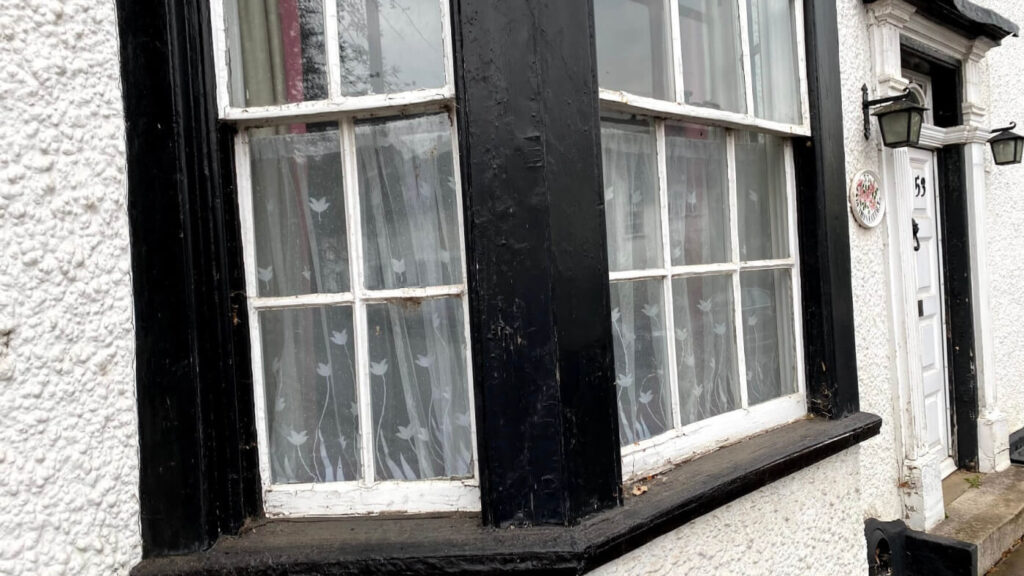
A bay window history revealed!
Bay Window History: Every era brings its own unique architectural contributions to windows. Cultures evolve and determine new fashions like ironmongery styles, whilst industry advances allow new products to be created and innovations to be imagined.
The wooden windows of period properties today tell a story that gives insights into yesteryear: the bygone times which themselves emerged out of the times and the styles which preceded them.
Beginning of bay window history
For bay windows, the opportunity to really step out into the limelight came in the final years of the 19th century. A regulatory adjustment to the Building Act in 1894 meant that windows no longer had to remain flush with the external wall – i.e., they could protrude, as a bay might protrude from the ocean.
Some exceptions exist as there are early bay windows which pre-date this amended Act; particularly mansions built around the Renaissance and grand architecture designed in a baroque style. However, this later point marked the turning point of bay windows becoming a mainstream detail.

The bay window quickly became a common design feature of properties from the latter part of the Victorian era and on into Edwardian buildings.
Bay windows: shining some light on things…
So, what are some of the key features that make a bay a bay? For starters, as suggested by the 1894 Building Act, bay windows do not run flush with the property’s outer surface.
Victorian and Edwardian
Most typical of the Victorian and Edwardian sash bay windows is a three-sided extension of windows, forming a trapezium shape when viewed from above – also called a canted bay window.
The centre pane juts out from, but runs parallel with, the external wall, and the two side windows are angled between the centre pane and the wall.

Where the side windows are perpendicular (at right angles) to the wall/centre window(s), they form a rectangular shape and may be referred to as a Box window.
Where the individual sections of the window are designed and installed to form the appearance of an arc, they may be referred to as Bow windows or circular bay windows.
These circular bays err towards creating a semi-circular floor plan.
To achieve a suitably smooth ‘curvature’, bow windows usually have 5 or more sections.
The ‘tightness’ of the curve will also be seen to change from property to property, architect to architect, region to region, being it timber windows Essex, Suffolk or Hertfordshire and era to era.
“Oriel” windows are essentially bay windows for the upper stories. They ‘float’ atop supporting brackets, or corbels, and again was a popular feature of late Victorian and Edwardian properties, which are still enjoyed in their original form, and replicated with modern iterations, today!
At the end of the bay, it’s a bigger room…
Whether Bay windows, Box or Bow, these building extensions do exactly that: they extend the interior space. With the increase in surface area and glass increase comes another benefit of increased light entering the room.
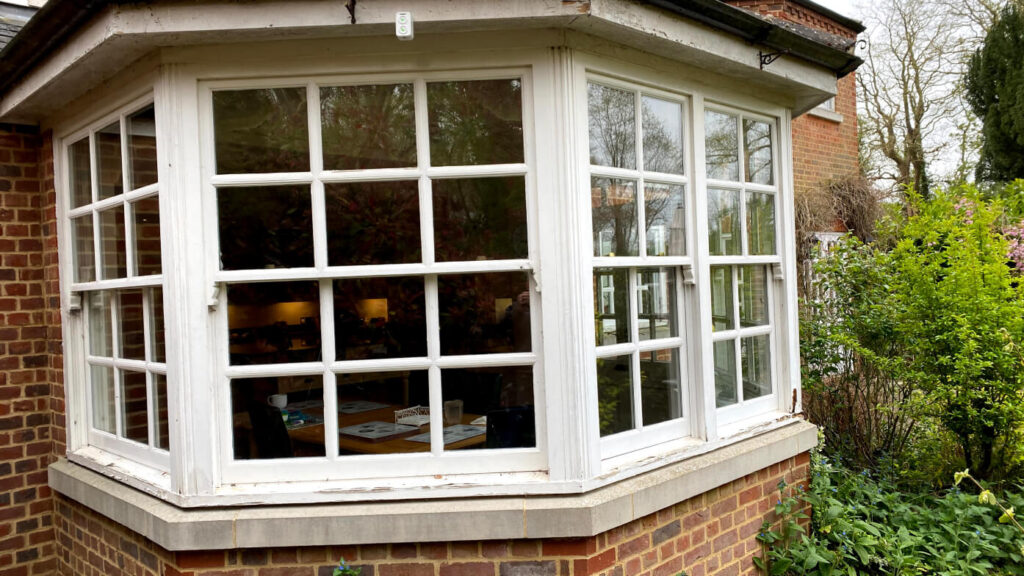
More light coming in through those extra windows also amounts to an increased view, sometimes dramatically, as bay windows allow for visibility in new directions compared to a simple flat window.
And not to overlook the wonderful aesthetic addition that bay windows afford to any property – both internally and externally.
For your internal spaces, the increased light, the inviting views, and the additional architectural interest provide many fresh interior design options.
Usually accompanied by an internal feature sill, the bay recess can provide multiple functions – from a cushioned seat to relaxing and reflecting a prime spot for your indoor potted herb garden.
What do you do (or dream of doing) with your extra bay spaces?
Read more articles
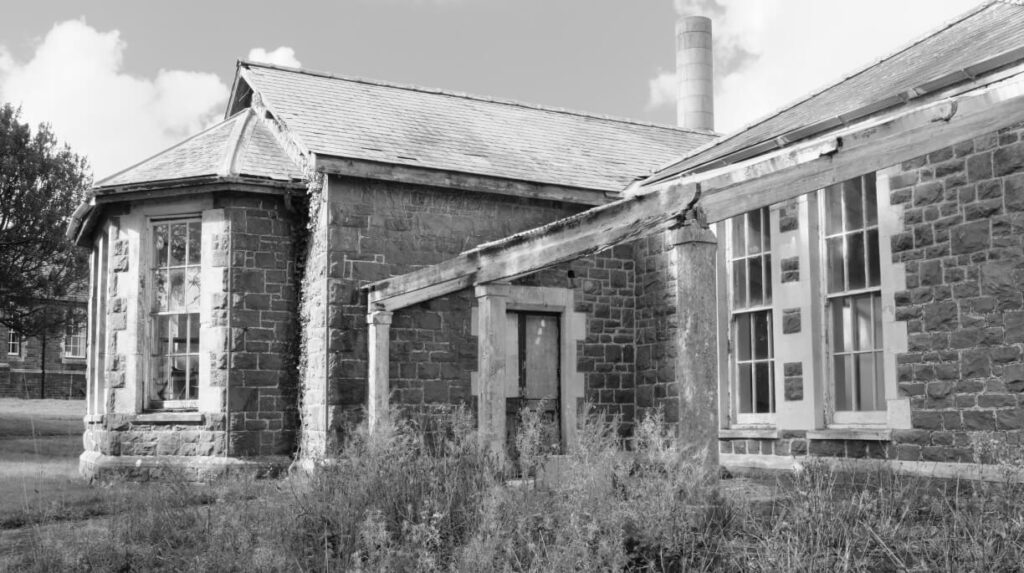
Conservation area windows – Replacement and refurbishment
Conservation area windows – Replacement and refurbishment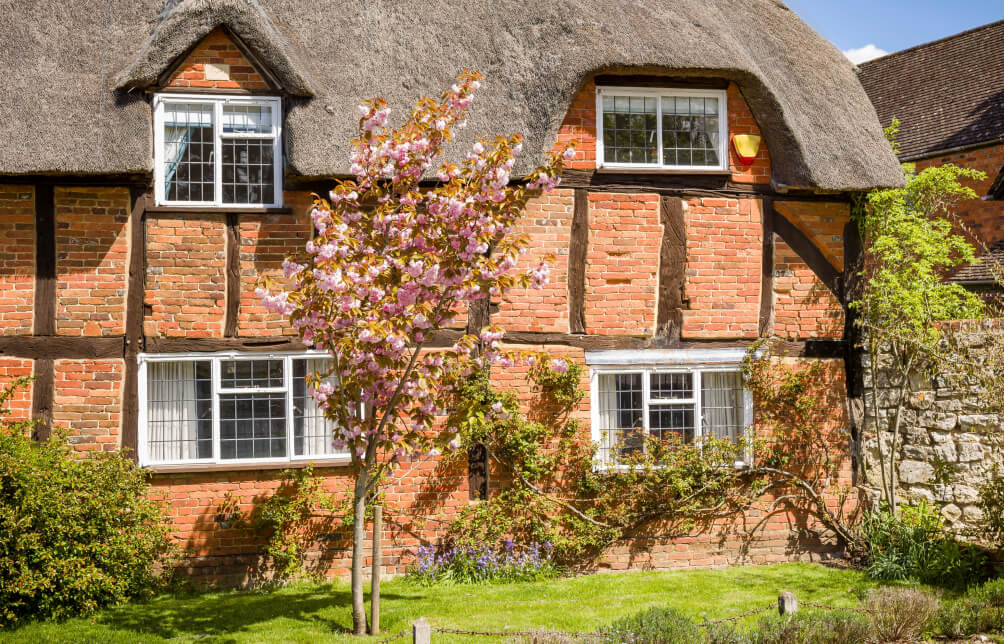
Leaded windows double glazing retrofitting
Leaded windows double glazing retrofitting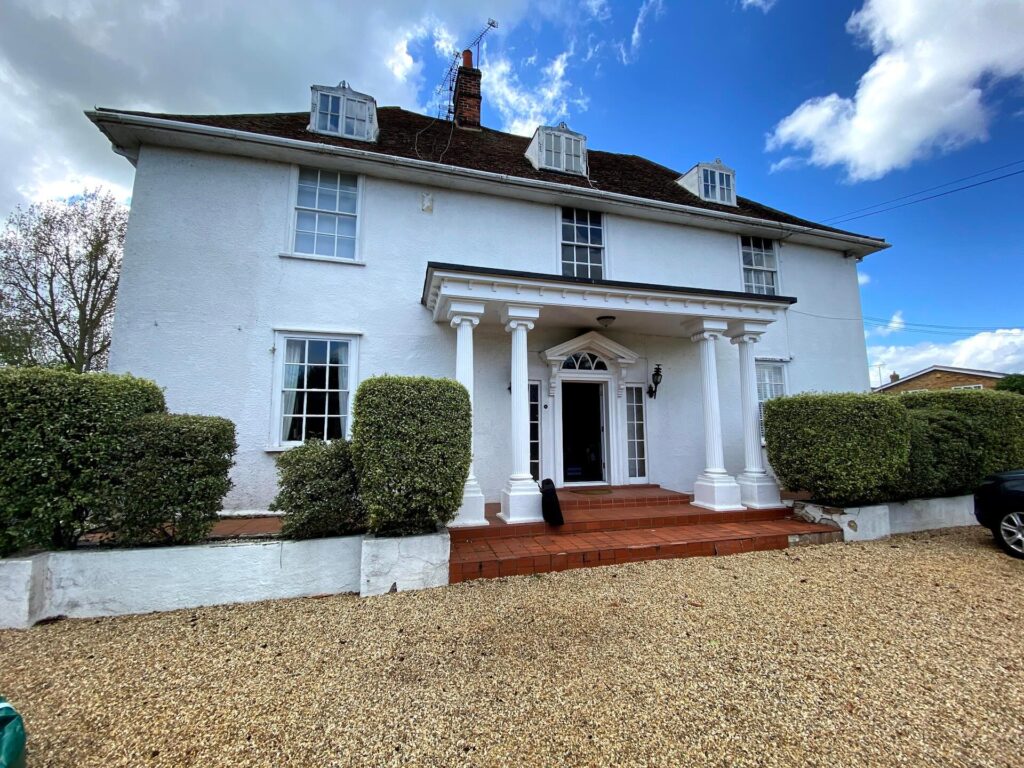
Box Sash Windows
Box Sash Windows